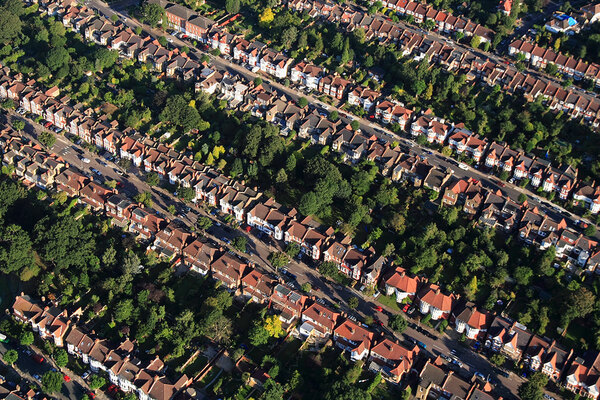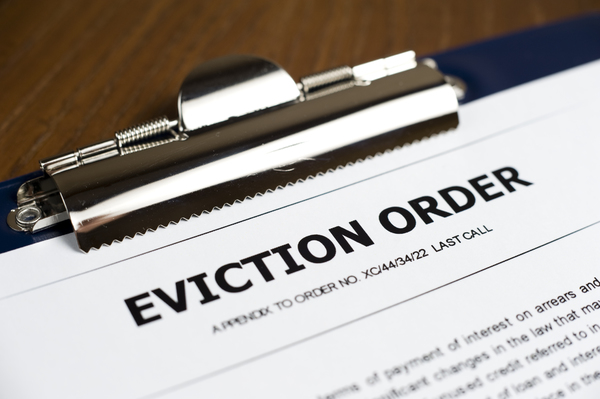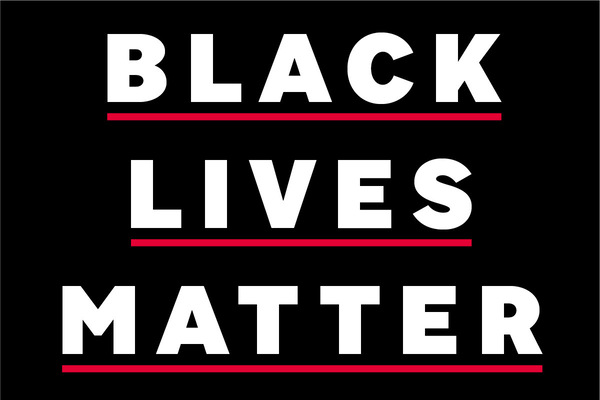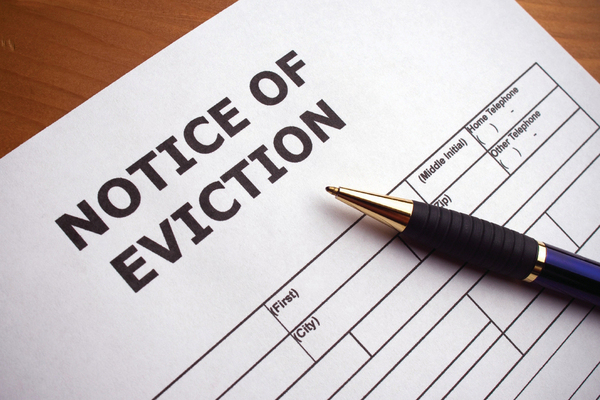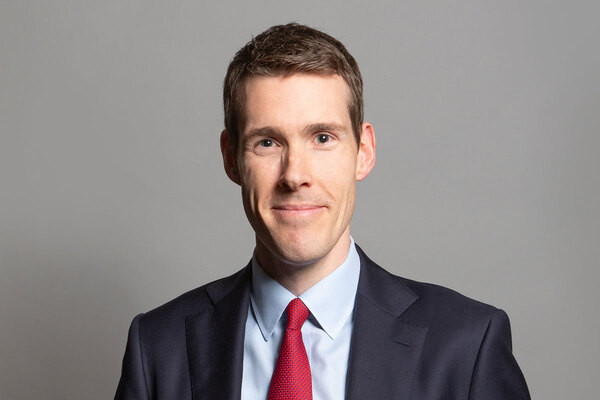5 things we learned from The English Housing Survey
On Thursday the government released its annual English Housing Survey. Inside Housing has identified five key trends and statistics that tell their own story about the housing crisis.
1) Overcrowding has reached an all-time high
Overcrowding across all tenure types has been steadily increasing as far back as records go.
In 2018/19, the percentage of households that were overcrowded reached an all-time high of 3.4% – up from 3.2% in 2017/18.
By way of comparison, the percentage of overcrowded households was just 2.7% when records began in 1995/96.
The proportion of overcrowded households in the social rented sector hit an all-time high at 8% – up from 7.8% in 2017/18.
In the private rented sector the proportion of overcrowded households increased for a second year in a row to 6.2% in 2018/19.
In the owner-occupier sector, the proportion increased from 1.2% to 1.3%.
This is all particularly worrying in the context of COVID-19, with Inside Housing previously revealing the strong correlation between areas with the biggest overcrowding problems and those worst affected by the virus.
2) Unemployment grew within the social rented sector
The proportion of unemployed households in the social rented sector rose in the year from 5.5% to 6.4%. Overall there were 253,000 unemployed households, up from 217,000 in 2017/18.
The increase comes after years of falling unemployment in the sector, dropping from 10.3% in 2012/13 to 5.5% in 2017/18.
By contrast, unemployment in the private rented sector fell for the seventh consecutive year from 7.3% in 2011/12 to 2.6% in 2018/19.
Despite rising unemployment, social rented households saw modest increases in their median weekly income from £326 to £341.
But private renters saw even less of an increase from £583 per week to £589.
Taken together, the median weekly income across all tenures rose from £623 per week in 2017/18 to £641.
3) More renters feel unsafe in their homes – especially in BAME households
In 2017/18, 7.3% of social renters reported feeling unsafe in their home and in the private rented sector the proportion was 5.3%.
In 2018/19, these figures increased to 11.8% for social renters and 6.9% in the private rented sector.
The issue of safety is disproportionately affecting black, Asian and minority ethnic (BAME) households.
In 2018/19, 11.5% of BAME households reported feeling unsafe in their home, compared to 5.4% of white households. This represents a rise from 4.5% in 2017/19 and 3.2% for white households.
A total of 4.3 million (18%) homes did not meet the Decent Homes Standard in 2018/19, down from 7.4 million in 2008. But 11% of homes still have at least one Category 1 hazard. The highest risk and most dangerous hazards are in Category 1 and in the social sector landlords have a duty to resolve them.
4) Half a million households had ‘sofa-surfers’, while second home ownership has increased
The data shows that more people can now afford to own a second home, while more than half a million people are forced to stay with friends or family.
In 2018/19, 541,000 households (2%) reported that they had someone living with them in the past 12 months who would otherwise be homeless (ie ‘sofa surfing’).
According to the English Housing Survey, sofa-surfing is more prevalent in London and the South East. Just under three in 10 (29%) of those who had sofa-surfers living with them had dependent children.
In the same year there were 2.44 million households that reported owning a second property. Of these 772,000 were second homes not being rented out.
This represents an increase from 2012/13 – when this data was last collected. In this year there were 2.22 million households with more than one property, 686,000 of which were second homes.
5) Private renters spend more of their income on housing costs than any other category
The average housing cost for private renters comes to £200 per week. This compares to £102 per week for social renters and £172 for mortgagors.
Private renters are also sacrificing a greater proportion of their household income to pay for housing costs, compared to other groups.
Housing costs make up 33% of private renters’ income, whereas for social renters it is 27% and for mortgagors the housing costs are just 18% of their income.
In London the trend is even more apparent, with private renters handing over 40% of their earnings to landlords. Social renters in the capital pay 31% of their income of housing costs and mortgagors sacrifice 22%.
These figures, Shelter says, illustrate the “bleak situation” faced by private renters during the pandemic, with many missing out on earnings after losing their jobs or being furloughed.
Sign up for our daily newsletter
Already have an account? Click here to manage your newsletters
